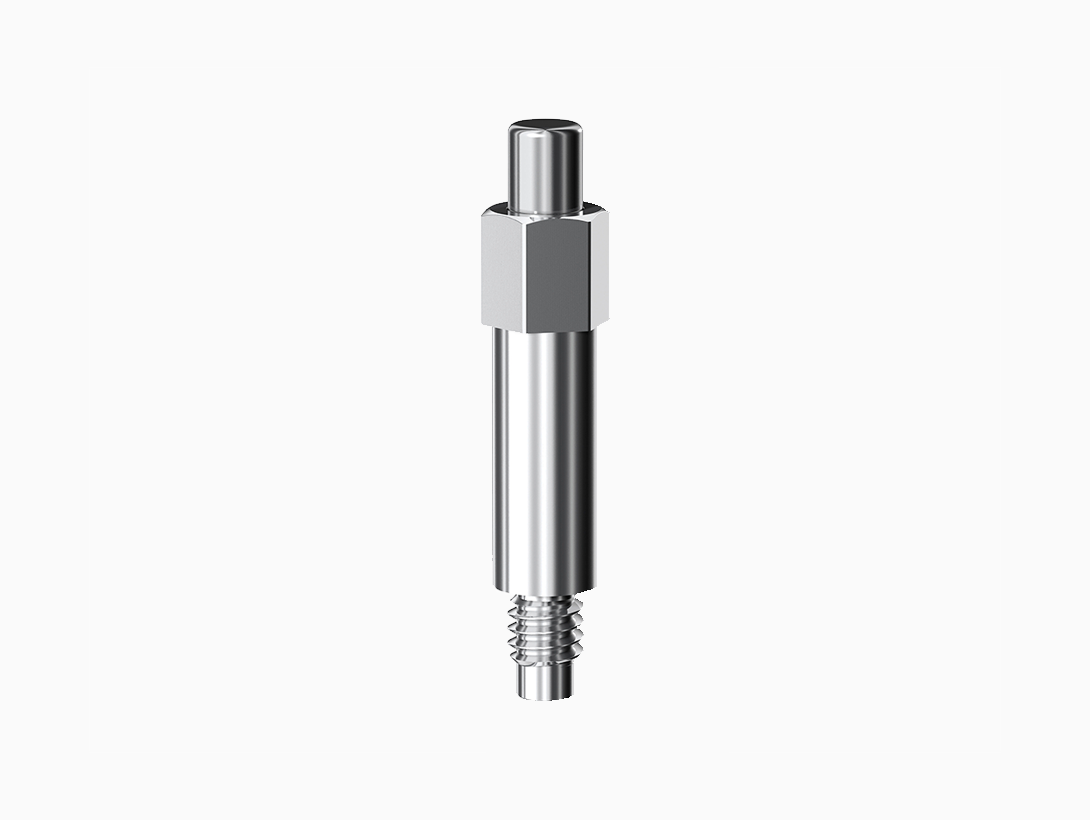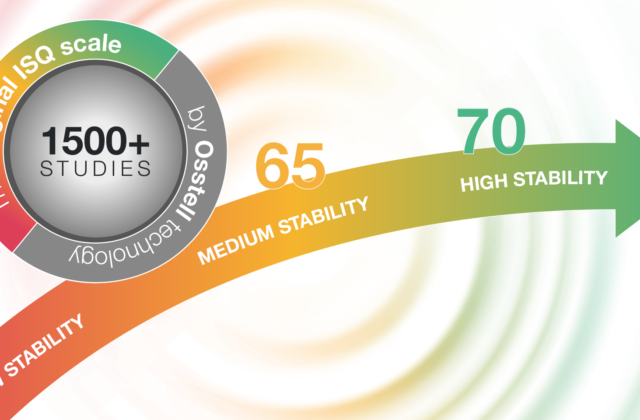
Thoughts and reflections from Osstell Scientific Symposium [Blog]
Dec 6, 2017
New blog post with Dr Marcus Dagnelid

Couldn’t make it to Osstell Scientific Symposium at EAO Congress in Madrid?
We sat down with moderator Dr Marcus Dagnelid and collected his thoughts and reflections of the scientific content of the symposium on this new blog post.
Q&A fromPanel discussion with Dr Steven Eckert, Dr Giorgio Tabanella and Dr Luis Cuadrado, led by moderator Dr Marcus Dagnelid
ISQ and regenerative techniques
How do you explain the higher RFA values in grafted bone at the time of implant surgery ?
The density of grafted bone is higher compared to that of native bone, thus demonstrating a tendency towards increased ISQ values. This should still be validated in more long term studies.
What is the biological reason behind a high RFA value in grafted bone compared to native bone?
With most xenograft materials on the market, a more compact bone structure is seen in grafted bone sites, thus showing a
higher RFA value. This should still be validated in more long term studies.
Is it reasonable to get more stability with implants placed in augmented sinus?
Implants placed in sites with an augmented sinus does not generate a higher stability per se. Studies such as Buser et al show that the Osstell ISQ technique have lowered the average healing times in these clinical situaitons, compared to previous shown figures. Each case involving regenerative techniques should be treated with individual measuerements ensuring proper healing times and time of loading.
ISQ and immediate loading
What should be the minimum length of the implant for immediate loading with a reasonable ISQvalue (up to 65)?
Implant length and ISQ values are not primarily correlating. A short implant with various macro designs, could still generate ISQ values high enough for an immediate loading concept. Therefore each implant and site should be treated as unique guiding the clinical decision. Immediate loading in 440/441 cases mentioned in the results from Clear Choice centers.
What’s the point of measuring ISQ if cases are carefully selected ?
There was no special selection for these cases, but rather the ISQ measurements acted as the clinical value for immediate loading and also secondary to decide when to make the final prosthesis. The aim is to decrease healing times and also if possible to develop the Osstell technique to include abutment level measurements and through screw access holes.
ISQ and periimplantitis
Have you measured the ISQ values in perimplantitis?
In an implant site demonstrating active bone loss- and support, a decreasing ISQ values can be seen taking repetitive measurements. One should remember that each measurements has to be taken on implant level thus comparing to baseline.
Technical questions
Why is the Smart Peg not available for the same implants diameters such as Alfa-Gate 4,2 or MIS 4,2?
Depending on the individual implant design, precise measurements and tests are always performed for each system by the company. Often similar implant diameters have different internal connections, and the library is always updated several times per year.
Is it possible in the future to calculate implant stability / ISQ without removing the suprastructure?
A continuous development of the technique behind ISQ is always a priority. There are testing under way focused on the aspect of measuring on abutment level, and even through a screw access hole in an existing implant reconstruction. The Osstell company is leading the way in these efforts to further simplify and enhance clinical values worldwide.
When there is a high discrepancy between BL and MD ISQ reading, would you take the average of the two readings?
The recommended technique is to make measurements at BL and repeat at 90 degree angles. The lowest value should act as a reference for either caution or guide the clinician to move forward with loading if high enough according to general guidelines.
How can you reduce the cost of the ISQ measurements procedure using so many smart pegs, where as other companies produce autoclavable parts ?
As a clinican you use the Osstell peg for one case, usually this means one or several implants in one and the same patient. Reusing a peg affects the ISQ value ending up in false readings.


